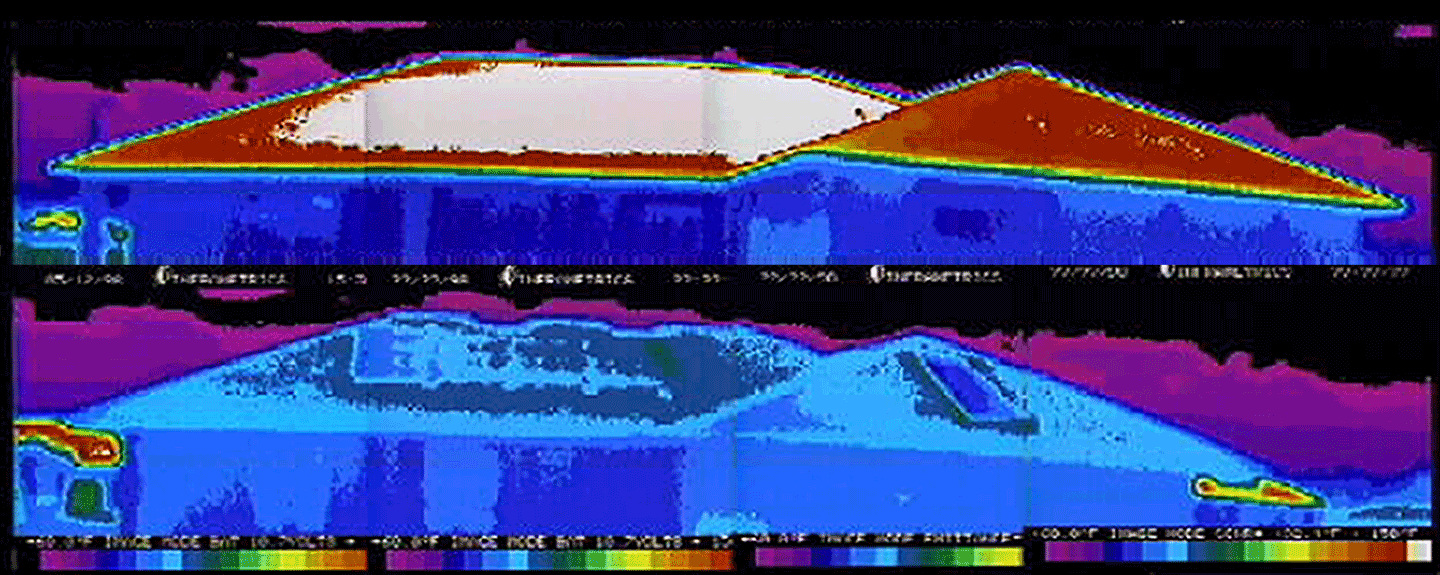 The Buildings Research program is diverse with experience in heating and air-conditioning systems, insulation and envelopes, lighting and daylighting, appliance efficiency, and control systems.
The Buildings Research program is diverse with experience in heating and air-conditioning systems, insulation and envelopes, lighting and daylighting, appliance efficiency, and control systems.
The integration of energy-efficient building systems produces high-quality and energy-efficient homes, schools and commercial buildings.
Building Research Capabilities
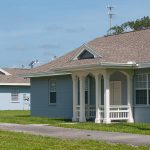 Performing buildings research in a controlled environment is vital to quality research. UCF researchers have several on-site, full-scale residential laboratories constructed with or retrofitted for short- and long-term performance data monitoring.
Performing buildings research in a controlled environment is vital to quality research. UCF researchers have several on-site, full-scale residential laboratories constructed with or retrofitted for short- and long-term performance data monitoring.
Learn More: Buildings Research Capabilities
 FSEC provides unbiased, third party research findings to the construction industry with an emphasis on the hot humid climate, including simulation studies, monitored field experiments, and laboratory research.
FSEC provides unbiased, third party research findings to the construction industry with an emphasis on the hot humid climate, including simulation studies, monitored field experiments, and laboratory research.
![]()
Search Buildings Research Publications.
WHOLE-BUILDING INTEGRATION
High-Performance New Homes
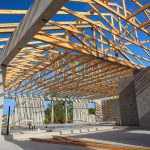 High performance housing brings together the best of high efficiency equipment, high performance building components, and high attention to detail. In comparison to minimum code-compliant homes, high-performance new homes achieve very low energy use, safe-guard occupant health and safety, enhance building durability, and improve occupant comfort.
High performance housing brings together the best of high efficiency equipment, high performance building components, and high attention to detail. In comparison to minimum code-compliant homes, high-performance new homes achieve very low energy use, safe-guard occupant health and safety, enhance building durability, and improve occupant comfort.
Learn More: High-Performance New Homes
High-Performance Existing Homes
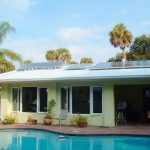 Adopt cost-effective, off-the-shelf, best practices for energy efficiency and building science to reduce risk and capitalize on opportunities in Florida affordable housing renovations. When fully implemented, these proven practices produce approximately 30% whole-house efficiency improvement.
Adopt cost-effective, off-the-shelf, best practices for energy efficiency and building science to reduce risk and capitalize on opportunities in Florida affordable housing renovations. When fully implemented, these proven practices produce approximately 30% whole-house efficiency improvement.
Learn More: High Performance Existing Homes
Affordable Housing Retrofits
 Affordable housing should be affordable to live in, not just affordable to buy. Energy efficiency and building science measures for safety, durability, and indoor air quality help reduce long-term costs. UCF’s Building America-Partnership for Improved Residential Construction (BA-PIRC) worked with local government and non-profit housing providers renovating foreclosed homes to be sold as affordable housing. The research identified best practices to bring the homes on par with new construction, from a performance standpoint.
Affordable housing should be affordable to live in, not just affordable to buy. Energy efficiency and building science measures for safety, durability, and indoor air quality help reduce long-term costs. UCF’s Building America-Partnership for Improved Residential Construction (BA-PIRC) worked with local government and non-profit housing providers renovating foreclosed homes to be sold as affordable housing. The research identified best practices to bring the homes on par with new construction, from a performance standpoint.
Learn More: Affordable Housing Retrofits
Commercial Buildings
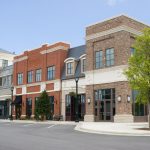 Although commercial and institutional buildings vary greatly from one to another in size, use, and type of construction, there are general recommendations for creating energy-efficient commercial buildings in a hot and humid climate.
Although commercial and institutional buildings vary greatly from one to another in size, use, and type of construction, there are general recommendations for creating energy-efficient commercial buildings in a hot and humid climate.
Learn More: Commercial Buildings
Building Codes and Standards

More than 14 million Florida residences use more than 50% of Florida’s electricity. Therefore, the Florida Building Code is a key tool in achieving statewide increases in energy efficiency. Since the late 70s, the state of Florida has called upon UCF researchers to analyze Florida’s building energy code and recommend possible changes to increase residential efficiency.
Learn More: Building Codes and Standards
RESIDENTIAL BUILDING COMPONENTS
Heating, Ventilation and Air Conditioning
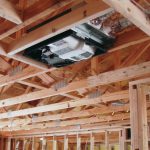
Heating and cooling equipment—and the distribution of conditioned air through duct systems—play a key role in creating a healthy, comfortable, durable and energy efficient indoor environment. UCF researchers study these systems and how they are impacted by other building elements, such as mechanical ventilation.
Learn More: Heating, Ventilation and Air Conditioning
Water Heating
 FSEC research includes side-by-side testing of seven different residential water heating systems in an unconditioned building, which resembles and can exceed garage-like temperatures in Central Florida, over several years. Categories of systems include: electric, renewable, and natural gas.
FSEC research includes side-by-side testing of seven different residential water heating systems in an unconditioned building, which resembles and can exceed garage-like temperatures in Central Florida, over several years. Categories of systems include: electric, renewable, and natural gas.
Learn More: Water Heating
Miscellaneous Electric Loads and Lighting
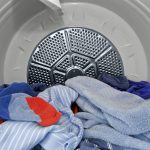 Miscellaneous Electric Loads (MELs), such as appliances, entertainment centers, computers, and fans, or any devices other than those used for space heating or cooling, water heating, or lighting, generate heat as a by-product inside the home, thereby increasing space conditioning costs in cooling-dominated climates.
Miscellaneous Electric Loads (MELs), such as appliances, entertainment centers, computers, and fans, or any devices other than those used for space heating or cooling, water heating, or lighting, generate heat as a by-product inside the home, thereby increasing space conditioning costs in cooling-dominated climates.
Learn More: Miscellaneous Electric Loads and Lighting
Roof Assembly
 Roof assembly—roof finish, radiant barrier, attic ventilation, attic insulation, knee walls, and air sealing at the ceiling plane—research includes, comparative laboratory investigations, field studies in commercial and residential buildings, and the development of algorithms for modeling roof assembly effects. Radiant heat gain from the roof assembly is a major cooling load in the hot humid climate.
Roof assembly—roof finish, radiant barrier, attic ventilation, attic insulation, knee walls, and air sealing at the ceiling plane—research includes, comparative laboratory investigations, field studies in commercial and residential buildings, and the development of algorithms for modeling roof assembly effects. Radiant heat gain from the roof assembly is a major cooling load in the hot humid climate.
Learn More: Roof Assembly
Fenestration
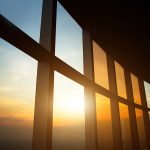 Fenestrations are glazed apertures in buildings, and include conventional windows, roof skylights, glassed doors, clerestories, roof monitors, tubular skylights, and sloped glazings of different kinds. Previous research includes solar heat gain and its effects on the thermal performance of buildings and energy costs for heating and cooling, studies of daylight illumination, as well, performance assessments of complex piped daylighting systems.
Fenestrations are glazed apertures in buildings, and include conventional windows, roof skylights, glassed doors, clerestories, roof monitors, tubular skylights, and sloped glazings of different kinds. Previous research includes solar heat gain and its effects on the thermal performance of buildings and energy costs for heating and cooling, studies of daylight illumination, as well, performance assessments of complex piped daylighting systems.
Learn More: Fenestration
CURRENT RESEARCH PROJECTS
Research projects are the lifeblood of FSEC. Although not all research at FSEC is publicized, due to non-disclosure agreements, some of our significant projects are highlighted at Research Projects.
